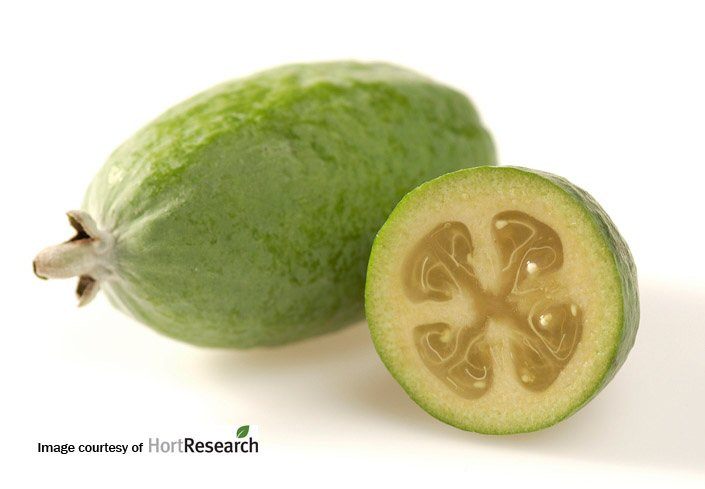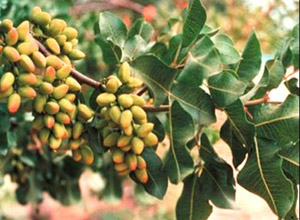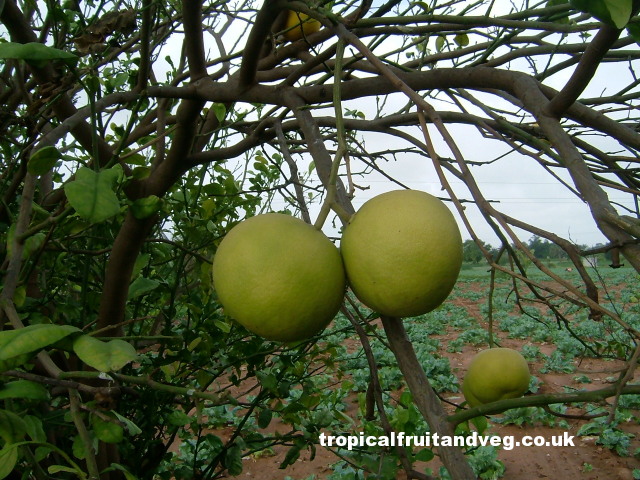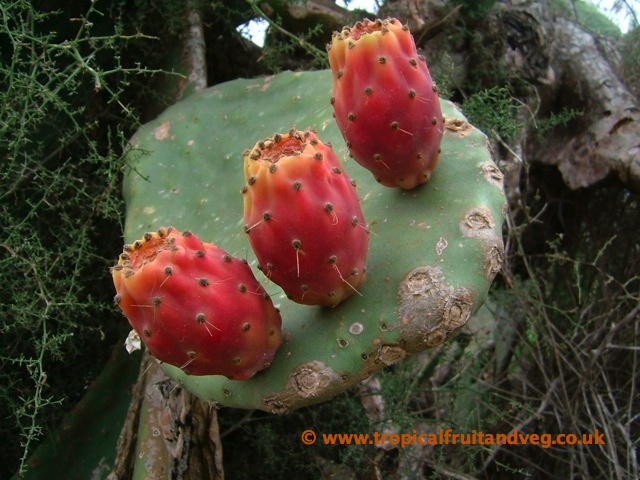| Uses: 76 to 80 of 99 NextPage Go to Page: 1 2 3 4 5 6 7 8 9 10 11 12 13 14 15 16 17 18 19 20 | |

|
Pineapple Guava
Botanical Name: Feijoa sellowiana The fruit is usually eaten by cutting it in half, then scooping out the pulp with a spoon. The fruits have a juicy sweet seed pulp, and slightly gritty flesh nearer the skin. The flavour is aromatic and sweet. |

|
Pistachio
Botanical Name: Pistacia vera The kernels are eaten whole, either fresh or roasted and salted, and are also used in ice cream and confections such as baklava. |

|
Pomegranate
Botanical Name: Punica granatum One pomegranate delivers 40% of an adult's daily vitamin C requirement. It is also a rich source of folic acid and of antioxidants. Pomegranates are high in polyphenols. |

|
Pommelo
Botanical Name: Citrus maxima Pommelos are peeled, the segments are skinned and the juicy pulp eaten. The skinned segments can be broken apart and used in salads and desserts or made into preserves. The extracted juice is an excellent beverage. |

|
Prickly Pear
Botanical Name: Opuntia engelmannii, Opuntia ficus indica The fruit is edible, although it has to be peeled carefully to remove the small spines on the outer skin before consumption. It is often used to make candies and jelly. The young stem segments, called nopales, are also edible. |
| 76 to 80 of 99 NextPage Go to Page: 1 2 3 4 5 6 7 8 9 10 11 12 13 14 15 16 17 18 19 20 | |